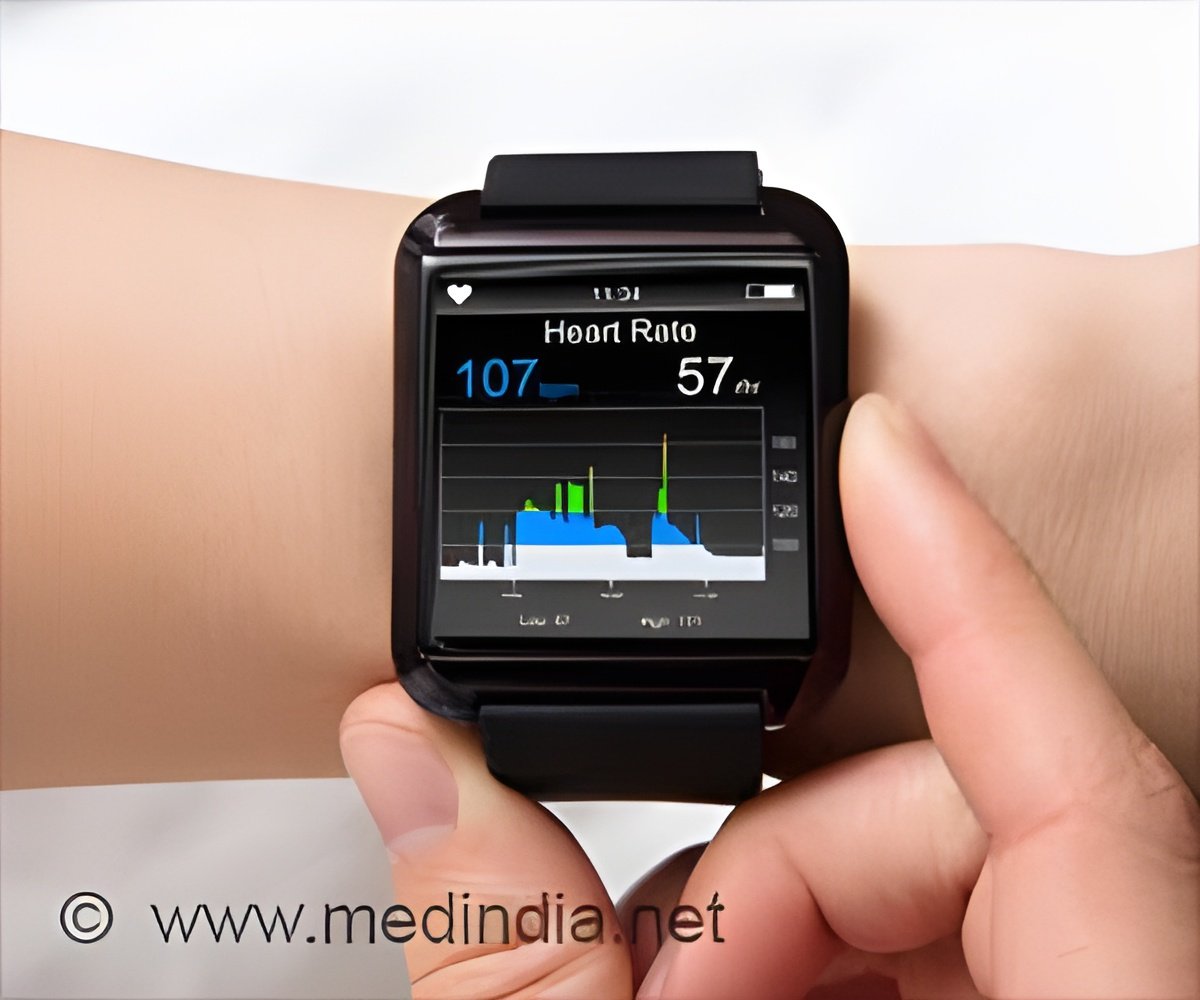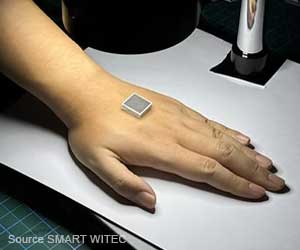An experimental study uses new technology in wearables that detect sweat on the skin to infer stress signals. This initiative has great potential to reduce stress in daily life.

TOP INSIGHT
Smartwatches can detect stress using skin conductance signals and send reminders to calm down.
Stress is a worldwide issue that can result in catastrophic health and financial complications. A recent Gallup poll found that more than one in three adults (35%) worldwide said they experienced stress every day.
Electrodermal activity (i.e., the electrical conductivity of the skin) carries important information about the brain's cognitive stress. Using this signal processing technique, we can track the hidden stress state and design an appropriate control algorithm for regulating the stress state and closing the loop.
The results of the research illustrate the efficiency of the proposed approach and validate its feasibility of being implemented in real life.
“To the best of our knowledge, this research is one of the very first to relate the cognitive stress state to the changes in SCR events and design the control mechanism to close the loop in a real-time simulation system,” said UH doctoral student and lead study author Fekri Azgomi, who accomplished the task of closed-loop cognitive stress regulation in a simulation study based on experimental data.
The final results will verify that the proposed architecture has great potential to be implemented in a wrist-worn wearable device and used in daily life.
Source-Medindia
 MEDINDIA
MEDINDIA




 Email
Email









